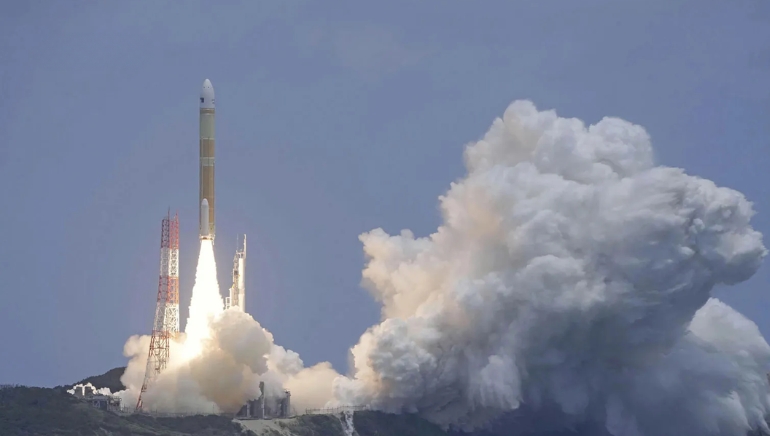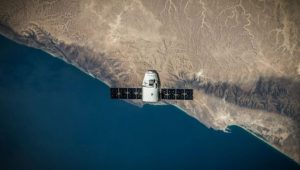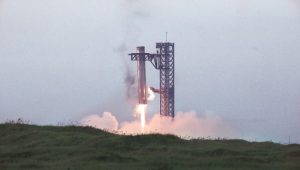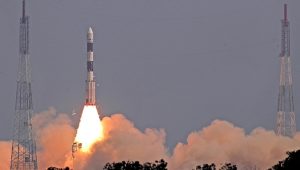The Japan Aerospace Exploration Agency (JAXA) successfully launched Daichi-4, an advanced Earth observation satellite, on the brand-new H3 rocket. The H3 rocket reached a new level of reliability with its successful launch at Tanegashima Space Centre.
The H3 rocket dropped its payload into orbit while its remnants fell into the Indian Ocean, following a predetermined trajectory. Hiroshi Yamakawa, the head of JAXA, highlighted the progress in preserving Japan’s autonomy and global competitiveness in space access when he announced that Daichi-4 had started its mission.
Prime Minister Fumio Kishida praised the launch and expressed optimism for the future of Japan’s space programme. JAXA is planning to replace the older H-IIA rocket with six H3 rockets launched every year. The credibility of the H3 is anticipated to be enhanced if the third launch is successful. The recent success of JAXA is a testament to its growth, despite its history of failed attempts, which includes an aborted launch in February and another in March.
With an impressive 200-kilometre observation range, the Daichi-4 satellite can keep an eye on natural calamities and trace the movements of ships. Its development cost ¥32 billion. Both disaster management and national security depend on this powerful capability.















